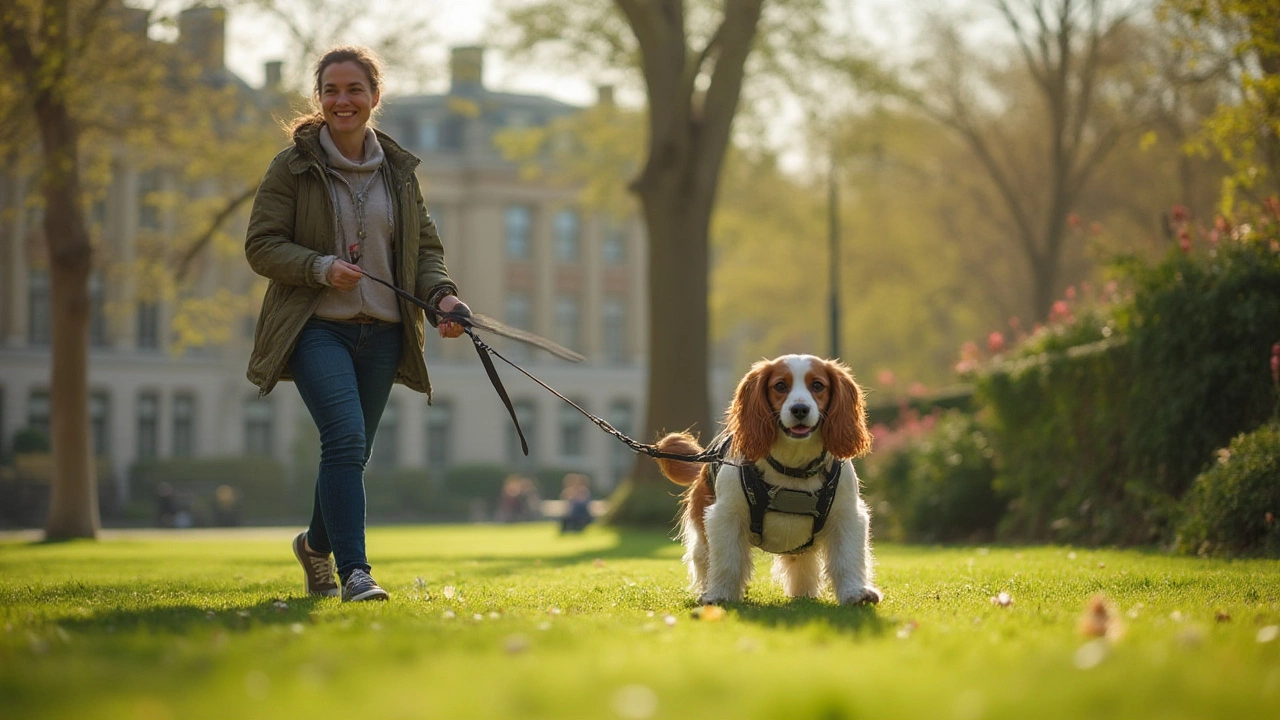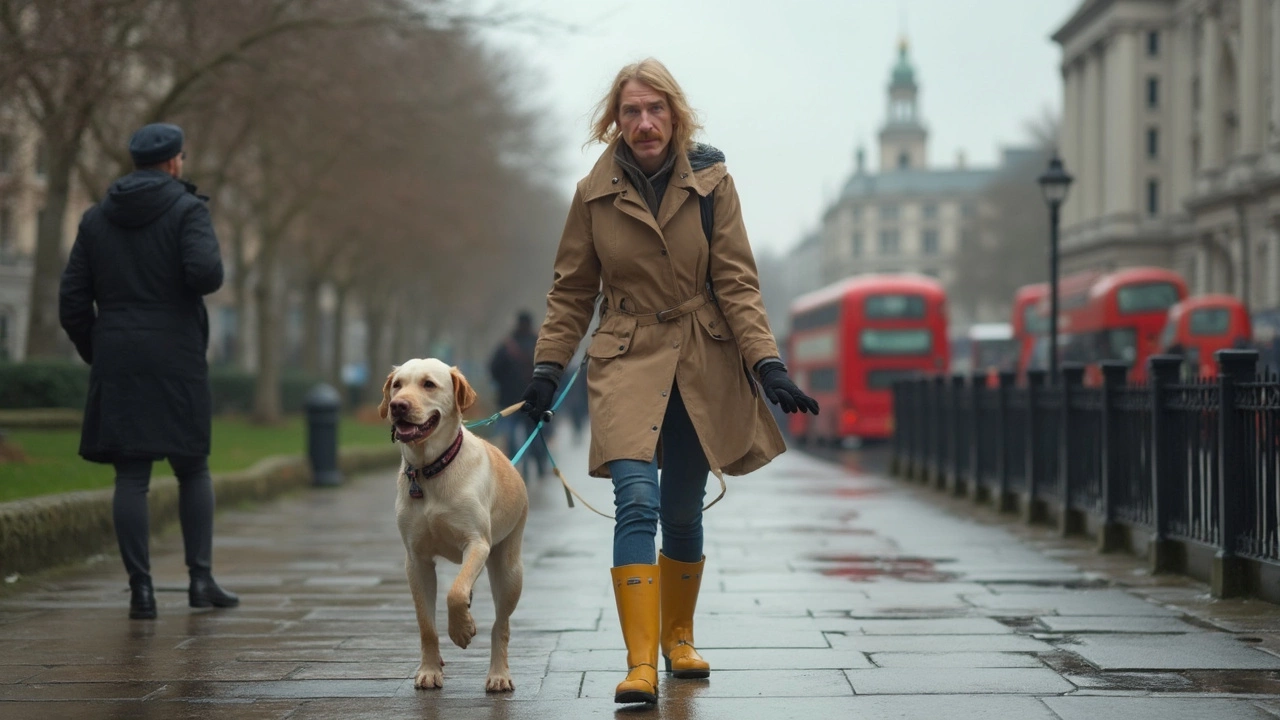Dog Pulling Basics: Gear, Safety & Training
If you think a walk is the only way to use your dog's energy, think again. Pulling a cart, sled, or bike can give your pup a great workout and strengthen your bond. The key is to start with the right equipment and simple, consistent training. Below you’ll find the essentials to keep the activity fun and safe for both of you.
Choosing the Right Pulling Harness
Not every harness works for pulling. Look for a full‑body design that spreads pressure across the chest and shoulders, not just the neck. A well‑fitted harness should be snug but allow two fingers to slide underneath the straps. Quick‑release buckles are handy for emergencies, and reflective stitching adds visibility for early morning or evening runs.
Materials matter too. Nylon or polyester with reinforced stitching holds up to repeated strain, while padded neoprene adds comfort on longer trips. If you plan to pull a heavy cart, upgrade to a harness with a D‑ring on the back for a solid attachment point. Avoid choke chains or collars; they can cause neck injuries when the dog pulls.
Training Your Dog to Pull Safely
Start with short, leash‑only sessions. Let your dog wear the harness around the house for a few days so it feels normal. Then attach a light rope or line and walk at a slow pace, rewarding calm walking with treats. Gradually increase the length of the line and add a small, low‑weight sled or cart.
Positive reinforcement is the fastest route. Praise or snack every time your dog walks beside you without pulling ahead or lagging behind. If the dog tries to dash, stop immediately, wait for a calm stance, then resume. Consistency teaches the pup that pulling forward only works when you’re both moving together.
Watch the dog's body language. A relaxed tail, ears forward, and steady breathing mean the dog is comfortable. Panting, whining, or a tucked tail signal stress; cut the session short and try again later. Regular breaks let muscles recover and prevent overheating.
Safety goes beyond the harness. Check the ground for debris, especially on sled routes, and keep the cart's wheels clean. Carry water for both you and your dog, and bring a basic first‑aid kit. If you’re pulling a bike, use a bike‑compatible harness and a sturdy tow bar that swivels to avoid twisting the dog's spine.
Finally, keep training sessions under 20 minutes until your dog builds stamina. After a few weeks, lengthen walks by five minutes each time. A dog that enjoys pulling will naturally want longer outings, but always respect their limits.
With the right gear and a step‑by‑step training plan, dog pulling can become a favorite activity for you and your pup. It’s a low‑cost way to exercise, explore new trails, and strengthen the partnership you already have.
Best Dog Leash and Harness for Pulling: Stop Your Dog from Tugging Walks
Discover the most effective tools to stop a dog from pulling on walks. From no-pull harnesses to clever training tips, get specific advice that works with real dogs.
Dog Collars: How to Stop Your Dog from Pulling on a Leash
Ever feel like your shoulder is about to pop out because your dog pulls like a tiny sled team? This article breaks down why dogs yank, what actually works to fix it, and which collars can be your secret weapon. Get real tips and no-nonsense advice for making walks way more enjoyable for both of you. Learn quick training tricks and spot the mistakes many dog owners make. You’ll feel more in control—no treats required (okay, maybe just a few).

